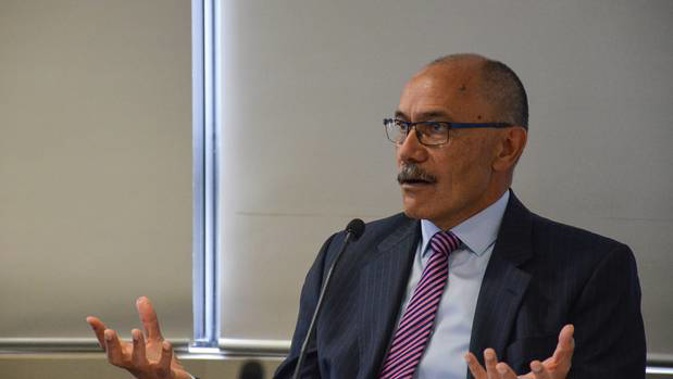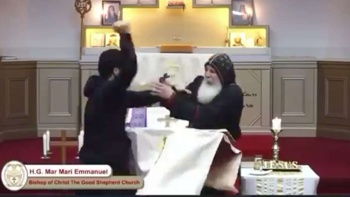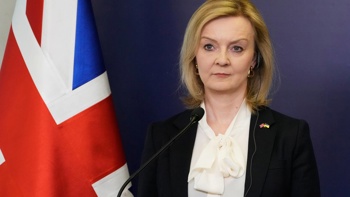
The Minister of Defence and the Prime Minister were given briefings that were "clearly wrong" in denying the possibility of civilian deaths in a New Zealand-led raid in Afghanistan in 2010, former Defence Force chief Sir Jerry Mateparae has told an inquiry.
But the NZDF says a series of misunderstandings and mistakes, not a deliberate cover-up, led to repeated, inaccurate public denials.
The military's current and former top brass have been ordered to appear this week in front of a Government inquiry looking into Operation Burnham, as it probes inconsistencies in the Defence Force account of whether there could have been civilian casualties during the attack.
The investigation was sparked by the book Hit & Run, in which journalists Nicky Hager and Jon Stephenson alleged six civilians were killed and 15 others wounded during the NZSAS raid in August 2010.
The NZDF had from 2011 described the claims of possible civilian deaths as "unfounded", but changed its position following the publication of Hit & Run in 2017.
It has since come to light that a gun-sight malfunction on a US Apache helicopter led to bullets accidentally hitting two buildings during the raid, prompting an investigation by international forces.
/arc-anglerfish-syd-prod-nzme.s3.amazonaws.com/public/PENGLRQQZVHENLUUAAHRRINHDU.jpg)
John Key visited Bamyan in 2010 wheh he was prime minister. Photo / Maggie Tait
Representing the New Zealand Defence Force, Paul Radich, QC, on Monday told the inquiry personnel had accurately reported the situation as they understood it, but that mistakes had been made.
"There was no cover up," he said.
Radich said a New Zealand officer, Brigadier Christopher Parsons, had reached a conclusion no civilians had been killed because he was only allowed to read one paragraph of an International Security Assistance Force (ISAF) report into the incident in early September 2010.
That was despite an ISAF press release issued on August 30 earlier raising the possibility of civilian deaths, and a review of the footage showing the gun-sight malfunction.
The inquiry also heard that the full ISAF report was in the hands of the Defence Force by December 2011.
The officer's conclusion then went up the chain, forming the basis of briefings to then Defence Minister Wayne Mapp and Prime Minister John Key, and information given to media who asked about it in 2011.
It was not until June, 2014, after a story and further questions by Stephenson, that the NZDF's communications team became aware of the full conclusion of the ISAF report and changed its position, Radich told the inquest.
"Had the NZDF know that, in fact, the IAT report had gone on to say that there may been civilian casualties as a result of the misaligned sight on the helicopter gun – then it would have said that again," he said.
But when Hit & Run was released in March 2017, the military again called the allegations unfounded.
Radich described that as "regrettable" saying with the Chief of the Defence Force and the Minister of Defence in Iraq at the time and, due to a lack of time, staff had grabbed an old press release.
No one had linked the raid in the book to the 2014 report until the next day, Radich said.
Chief of staff for the chief of the Defence Force in both 2014 and 2017, Ross Smith, said the NZDF had not been asked to comment before the book's release, and staff simply did not remember the change of stance in 2014.
"We were scrambling to read the book," he said.
"I thought the most prudent way to proceed … was to take a position that was consistent."
Mateparae, New Zealand's current High Commissioner to Britain and the chief of the Defence Force at the time of Operation Burnham - on Monday faced a grilling from Kristy McDonald, QC, about why briefings to Defence Minister Wayne Mapp in 2010 had explicitly said there was "no way" there were casualties, despite the ISAF press release.
Mateparae said the minister had already been aware of the press release despite it not being included in the briefings.
"The minister had seen this press release and it's a matter of how do we add to the conversation, rather than how do we supplement," he said.
But pressed on whether the minister had been given incorrect information, Mateparae agreed he had.
"Clearly they are wrong and clearly they are inconsistent," he said.
"We did not provide all of the information to the minister and the Prime Minister."
Under questioning from Stephenson's lawyer, Davey Salmon, Mateparae had been told the ISAF report was not available in full and thus never asked for it.
But he denied there had been motivation within the NZDF to deny there had been casualties to avoid blowback.
"The intent would be to provide as accurate information as we could to the minister," he said.
Earlier on Monday he told the inquiry: "The briefing is what we agreed would be useful for a minister to disclose" but later said that was a poor choice of words.
Mateparae described Parsons as an officer with a good reputation.
"I would take the advice of people I trust to be accurate," Mateparae said.
The inquiry – being led by Sir Terence Arnold and Sir Geoffrey Palmer – continues. Other witnesses this week will include former Defence Force chiefs Rhys Jones and Tim Keating.
A small group of protesters gathered in front of the hotel hosting the inquiry on Monday morning.
Take your Radio, Podcasts and Music with you








